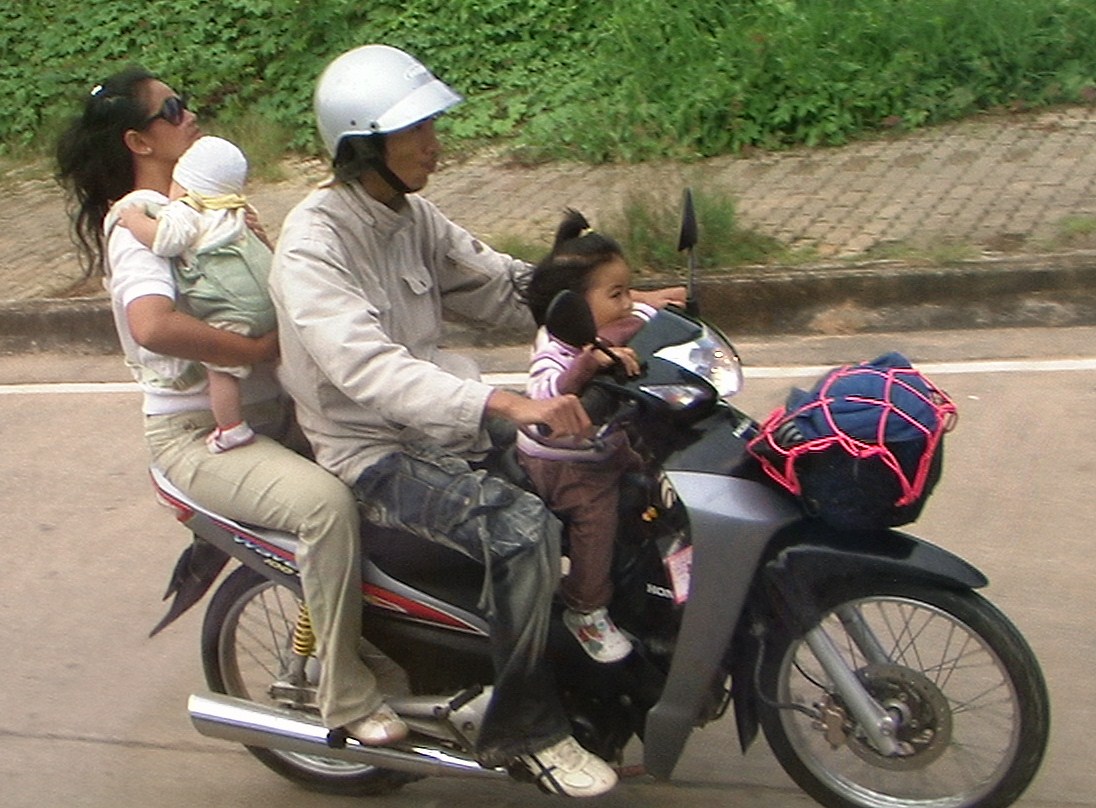Nepalese is a place which is being surrounded by hills and mountains so its one of the bike which is suitable for Nepalese road.even the tyres are so hard and strong so that rider can make their journey safe for long long hours as well.

Bike suspension
Plus slyfoxmx offer a Six Six One SP2 Pressure Suit that's still in their seasonal sale at $121.00. Suitable for outdoor events and even a pocket rocket motor bike. Comes with an off road club EVA foam protective under layer, moulded shoulders, forearms and elbow, plus an articulated rear injection moulded spine from a mesh construction.
Inspiration Tours

Let us guide you on a two-day scamper through northeast Georgia, western North Carolina and eastern Tennessee which will mix pavement and unpavement in a way that entwines well-maintained gravel roads with deliciously twisty back roads. While we might explore a scenic dead-end or two just for the fun of riding beside a trout stream, the objective will be to show riders new to this genre how to string together gravel roads which actually go somewhere.
Rider-to-instructor ratios will not exceed three-to-one. Motorcycles must be in excellent mechanical condition with good tires and suspension capable of riding on rutted, gravel roads. A motorcycle operator license is required. Passengers are welcome for an additional fee.
Introduction
The origin of This model is the BMW(1938--1941), which was used in the battle field during the second World War. While those motorcycles rode by the German soilders as BMW R71 and BMW R75 belonged to the past, quite differ from today's Motorcycle.
Then what the process from R71 to present day motorcycle like? In 1939, the former USSR leader Mr. Stalin expanded the country's military forces, he imported 5 BMW from Germany, disassembled them, drew pictures, in this way, Russians produced the M-72 motorbike.
In the 1950s, our military copied M-72 and made this type 750cc Motorcycle, it was the original shape of Chinese motorcycle. It has been used in the military and military communications ever since.
Imitating German military motorcycle with simple and elegant style in the second world war, and assimilating the soul of modern technology as well, it has excellent performance and comfort for ride.



















